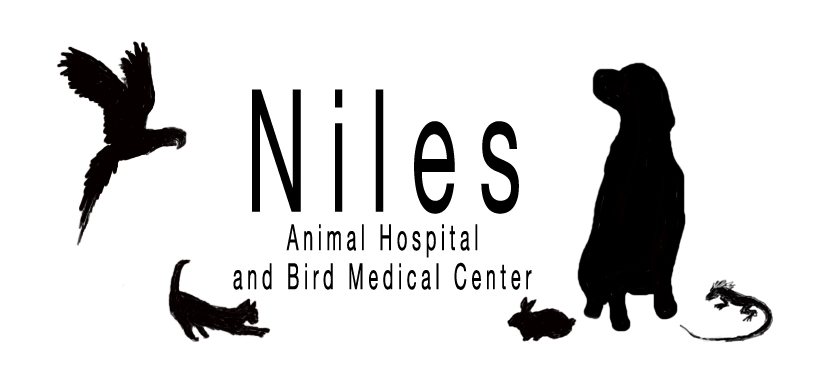From the AAHA (American Animal Hospital Association) NEWStat:
Vets can help researchers learn about human-to-pet flu transmission
Humans can transmit the flu to their pets – that much is known.
But how often does it happen, and what are the potential big-picture consequences for pets and humans? Those are the tough questions that Christiane Loehr, Dr. med. Vet., PhD, is seeking to answer.
Loehr, an assistant professor and pathologist for Oregon State University’s College of Veterinary Medicine, says “reverse zoonosis” probably happens more often than people might think.
Infections may be underreported because pets exhibiting flu symptoms are often diagnosed with more common respiratory diseases such as bordetella, calicivirus, herpesvirus, chlamydia, and kennel cough. It is also difficult to diagnose the flu in pets when the infection occurs outside of the typical flu season because it isn’t something a lot of veterinarians are watching for, Loehr said.
Loehr’s diagnostic laboratory at OSU, in conjunction with the diagnostic lab at Iowa State University, is hard at work researching the “distribution of the virus throughout the entire body in order to predict routes of transmission.”
She shared information about how veterinarians can assist researchers in learning more about reverse zoonosis, as well as tips for veterinarians to better help their clients avoid infecting pets with the flu.
What’s the worst that can happen?
Loehr said cuddling with pets is a natural reaction for sick people, but its true consequences can extend beyond threatening the pet’s health.
“Recombination and emergence of new flu strains is from a public health standpoint the primary issue, and whenever the virus can cross barriers it dramatically increases concerns about development of unpredicted events,” she said.
Diseases such as the swine flu, bird flu, and H1N1 have all been able to pass between species, which leads Loehr to speculate that a formidable virus could develop in dogs, cats, and even ferrets.
This potentially dangerous situation is why her diagnostic laboratory would like to gain a solid understanding of the dynamics of flu reverse zoonosis sooner rather than later, she said.
“It is not urgent in the sense that I anticipate a large number of cases – but then it is the flu and circulating viruses change so rapidly and sometimes dramatically that it is impossible to predict what will happen,” she said.
Loehr also recommended that veterinarians inquire about other pets in the client’s household during their assessment. She discussed one case where four out of five cats in the household eventually became ill or seroconverted, which makes it important to find out about other pets in the home.
How to help clients mitigate flu risk
To protect the health of pets and the public, veterinarians should communicate potential risks to clients and provide information on preventive measures, she said.
She recommended that veterinarians give advice to clients that is similar to advice physicians would offer to flu patients, such as:
- Limit contact of sick people in the household with pets and have flu sufferers wear a mask.
- Limit contact of sick pets with other pets.
- Take pets to the veterinarian when they look ill for early diagnosis and treatment to prevent further spread, especially if there has been a sick human in the house.
Loehr also said veterinarians can place flyers in the office that encourage people to get their flu shots in order to avoid getting sick and transmitting infections to their pets.
